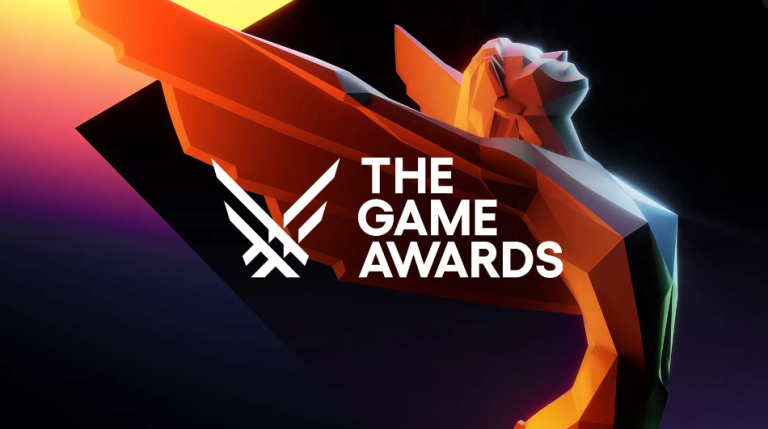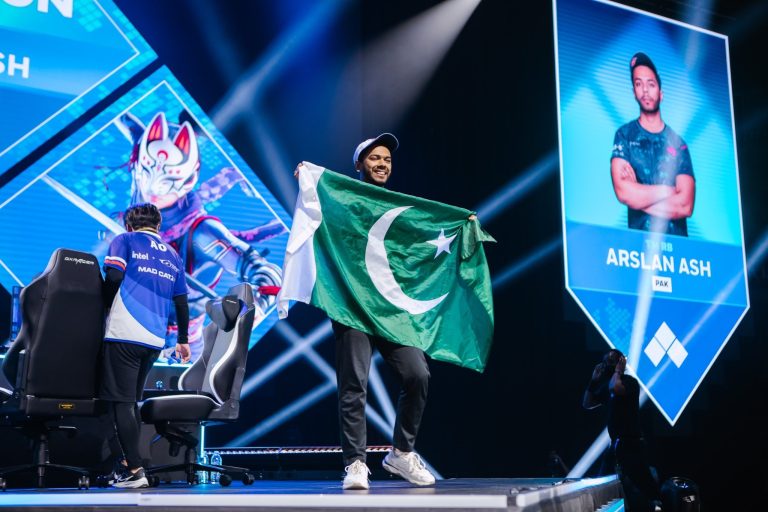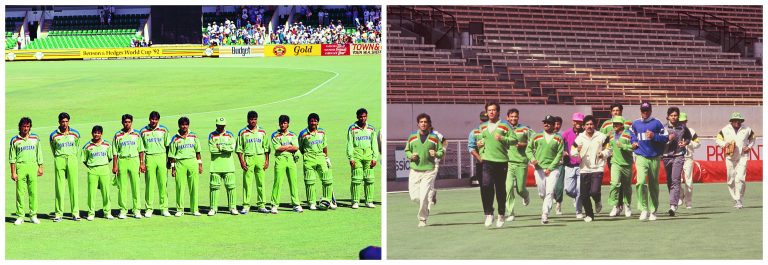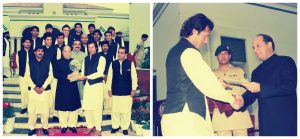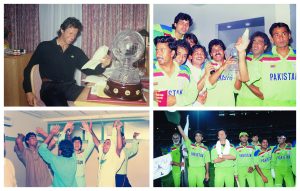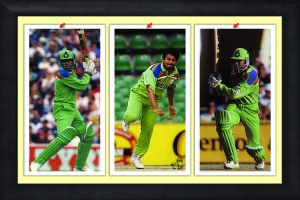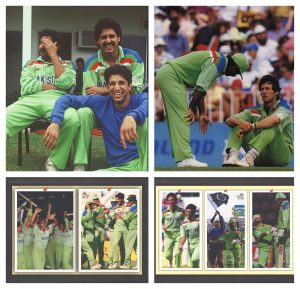The Game Awards 2023 has finally ended and gave us a taste of the gaming world’s history and what the future holds. Firstly, the award show rightfully paid tribute to the outstanding titles and creators of the previous year, and secondly, it made some big announcements and details about future games, which were also a big part of The Game Awards.
With 2023 being such a monumental year, this article will compile a list of all the major wins from the event, including the highly coveted Game of the Year title.
Game of the Year

- Alan Wake 2
- Baldur’s Gate 3 – WINNER
- Marvel’s Spider-Man 2
- Resident Evil 4 Remake
- Super Mario Bros. Wonder
- The Legend of Zelda: Tears of the Kingdom
Best Game Direction

- Alan Wake 2 – WINNER
- Baldur’s Gate 3
- Marvel’s Spider-Man 2
- Super Mario Bros. Wonder
- The Legend of Zelda: Tears of the Kingdom
Best Art Direction

- Alan Wake 2 – WINNER
- The Legend of Zelda: Tears of the Kingdom
- Hi-Fi Rush
- Super Mario Bros. Wonder
- Lies of P
Best Narrative

- Alan Wake 2 – WINNER
- Baldur’s Gate 3
- Final Fantasy 16
- Marvel’s Spider-Man 2
- Cyberpunk 2077: Phantom Liberty
Best Score/Music

- Alan Wake 2
- Baldur’s Gate 3
- Hi-Fi Rush
- Final Fantasy 16 – WINNER
- The Legend of Zelda: Tears of the Kingdom
Best Performance

- Ben Starr – Final Fantasy 16
- Neil Newbon – Baldur’s Gate 3 – WINNER
- Cameron Monaghan – Star Wars Jedi: Survivor
- Idris Elba – Cyberpunk 2077: Phantom Liberty
- Yuri Lowenthal – Marvel’s Spider-Man 2
- Melanie Liburd – Alan Wake 2
Best Ongoing Game

- Cyberpunk 2077 – WINNER
- Apex Legends
- Final Fantasy 14
- Genshin Impact
- Fortnite
Games for Impact

- A Space for the Unbound
- Tchia – WINNER
- Chants of Sennaar
- Terra Nil
- Venba
- Goodbye Volcano High
Best Audio Design

- Alan Wake 2
- Hi-Fi Rush – WINNER
- Dead Space Remake
- Resident Evil 4 Remake
- Marvel’s Spider-Man 2
Best Fighting Game

- God of Rock
- Street Fighter 6 – WINNER
- Mortal Kombat 1
- Pocket Bravery
- Nickelodeon All-Star Brawl 2
Best Family Game

- Super Mario Bros. Wonder – WINNER
- Disney Illusion Island
- Pikmin 4
- Sonic Superstars
- Party Animals
Best Mobile Game

- Honkai: Star Rail – WINNER
- Final Fantasy 7: Ever Crisis
- Monster Hunter Now
- Terra Nil
- Hello Kitty Island Adventure
Best VR/AR Game

- Gran Turismo 7
- Resident Evil Village – WINNER
- Humanity
- Synapse
- Horizon: Call of the Mountain
Best Action Game

- Armored Core 6: Fires of Rubicon – WINNER
- Dead Island 2
- Hi-Fi Rush
- Ghostrunner 2
- Remnant 2
Best Action/Adventure Game

- The Legend of Zelda: Tears of the Kingdom – WINNER
- Alan Wake 2
- Resident Evil 4
- Star Wars Jedi: Survivor
- Marvel’s Spider-Man 2
Best RPG

- Baldur’s Gate 3 – WINNER
- Final Fantasy 16
- Lies of P
- Starfield
- Sea of Stars
Content Creator of the Year

- PeopleMakeGames
- Quackity
- SypherPK
- IronMouse – WINNER
- Spreen
Best Multiplayer Game

- Baldur’s Gate 3 – WINNER
- Diablo 4
- Street Fighter 6
- Party Animals
- Super Mario Bros. Wonder
Most Anticipated Game

- Final Fantasy 7 Rebirth – WINNER
- Tekken 8
- Hades 2
- Star Wars Outlaws
- Like a Dragon: Infinite Wealth
Best Adaptation

- Castlevania: Nocturne
- The Last of Us – WINNER
- Gran Turismo
- The Super Mario Bros. Movie
- Twisted Metal
Players’ Voice

- The Legend of Zelda: Tears of the Kingdom
- Baldur’s Gate 3 – WINNER
- Cyberpunk 2077: Phantom Liberty
- Marvel’s Spider-Man 2
- Genshin Impact
